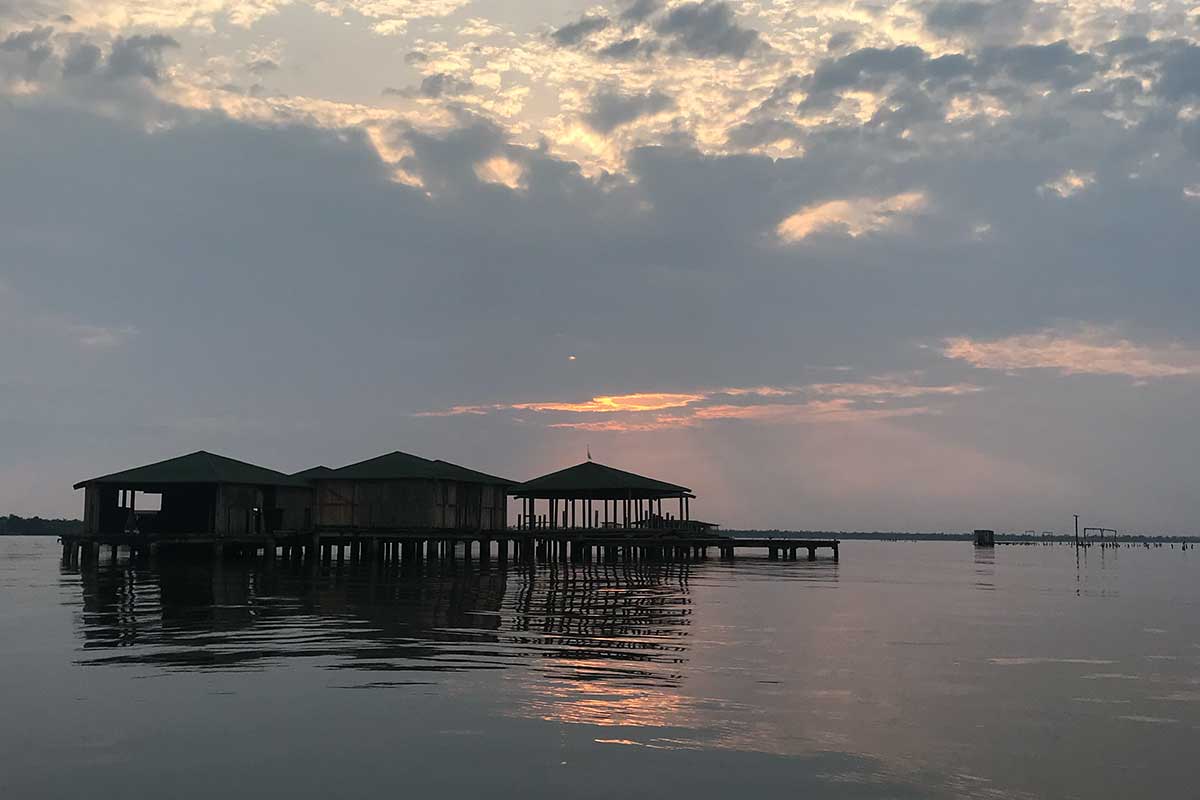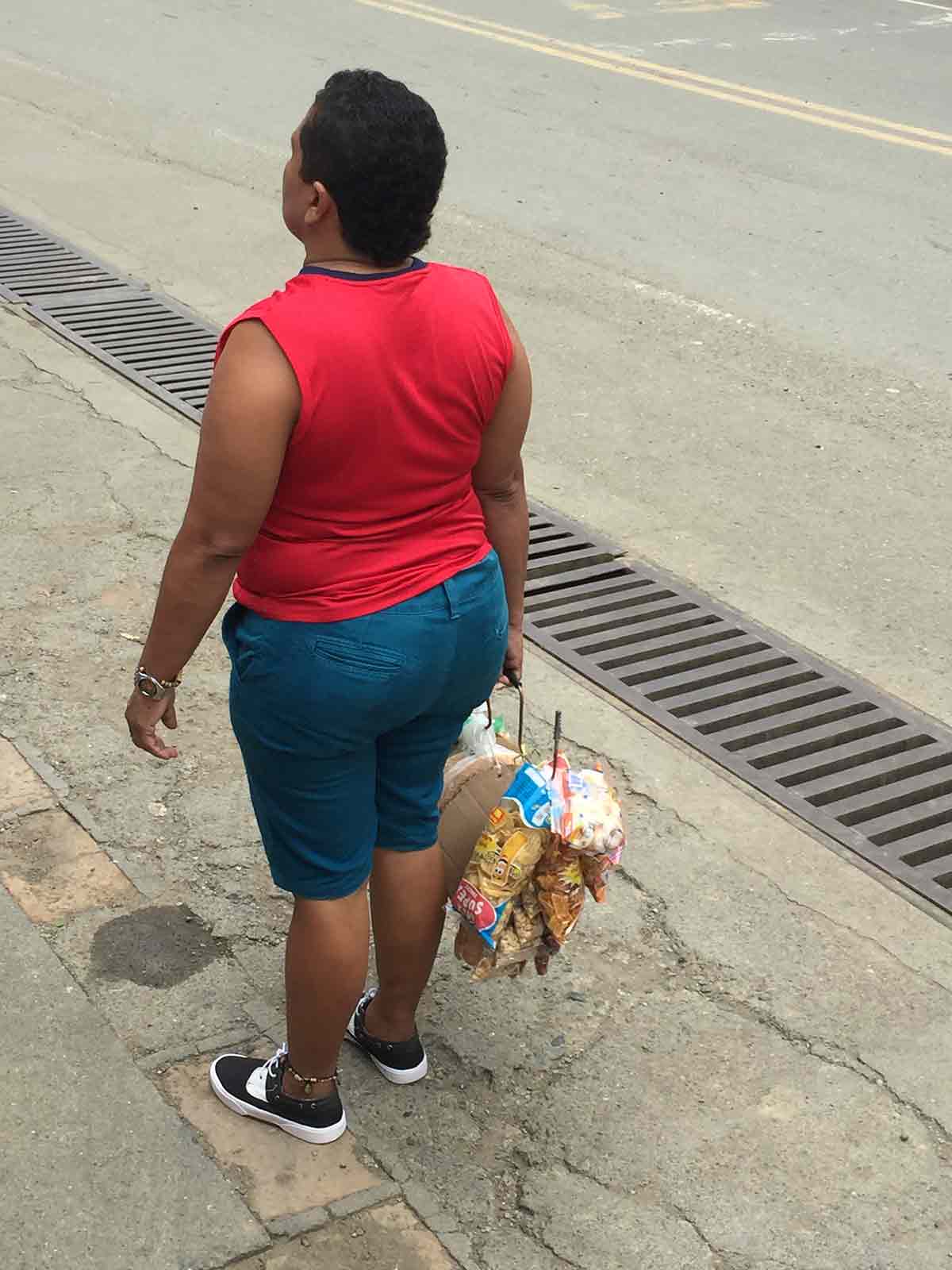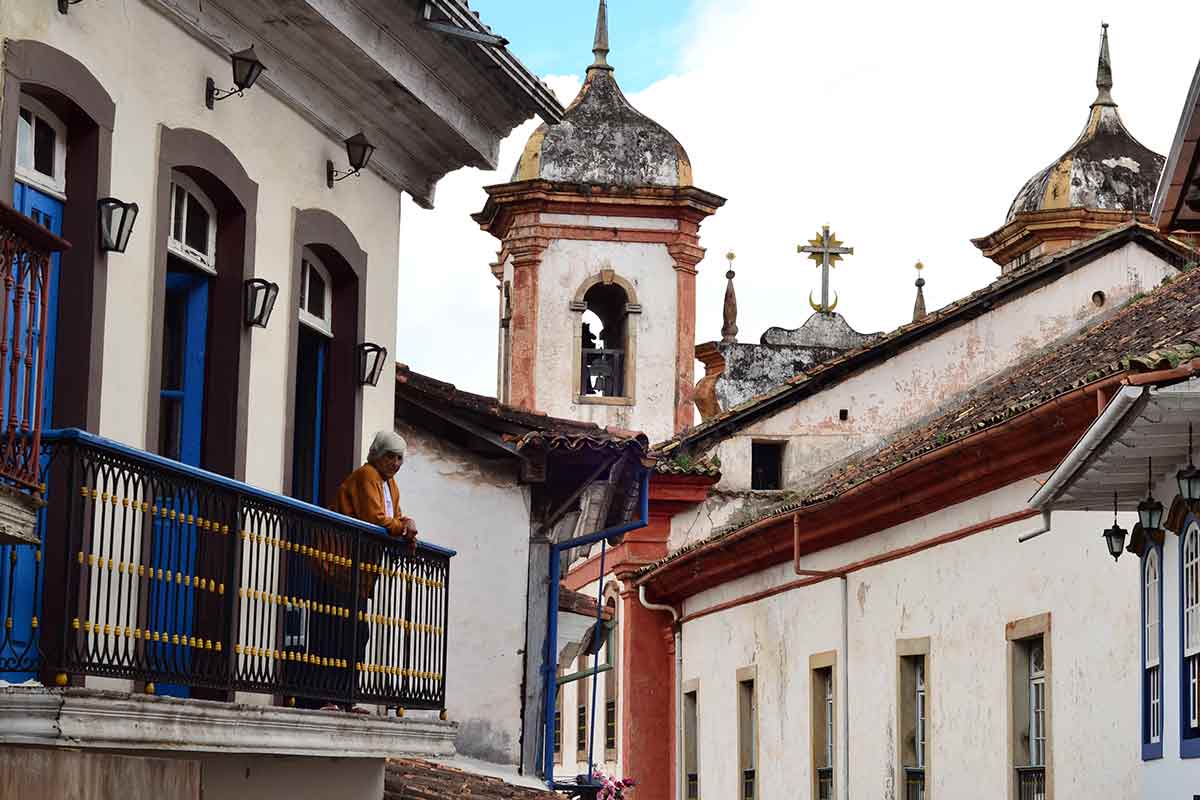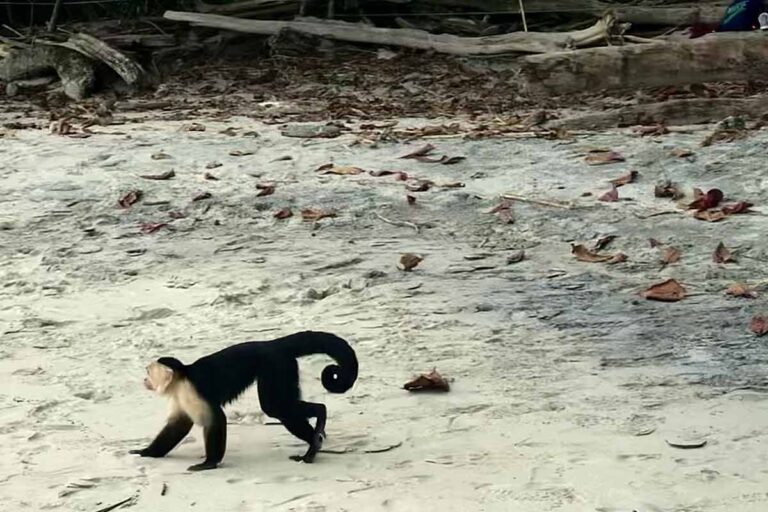South America Safety Tips
Can we agree that safety in South America is a huge topic?
As travelers we must always be aware and responsible for our personal safety. Part of which means understanding the safety risk of each country we visit.
In this guide, we’ll offer some basic advice and things to look out for when it comes to safety in South America. That way you can have a better idea of what to expect on your travels.
South America Safety Tips
We’ve divided all countries up into a four-tier safety system:
- Very Safe
- Safe
- Moderate
- Be Well Prepared
These lists are based on The Global Peace Index Ranking (lower is better), current events as well as from our own experiences.
Very Safe (Uruguay, Chile, Argentina)
The safest countries overall, these three are often compared with safety standards of that of Europe.
Of course there will always be rough areas (especially in certain parts of the big cities, such as Buenos Aires and Montevideo), however overall there is very little to worry about.
Obviously take your usual precautions of not dressing to fancy, being out alone late at night or wandering off into dodgy neighbourhoods.
Safe (Colombia, Ecuador, Peru, Paraguay, Bolivia)
You’ll probably be surprised to see a couple of these on this list. For example, Colombia most notably had a past reputation of being one of the most dangerous countries in Latin America, which several decades ago would have probably been an appropriate stance.
The country has significantly improved their safety situation, and although there are still incidents in areas such as Cartagena and Cali, as well as some FARC rebel presence in the Northern regions, it is pretty safe nowadays.
Ecuador, Bolivia and Paraguay are also all pretty safe, just keep in mind that some areas can be extremely poor, so dress down to respect this and also to not draw too much attention to yourself.
For the most part Peru is pretty safe as well , although some areas of Lima can feel pretty seedy (especially the areas close to the airport).
Moderate (Brazil, Guyana)
Now we start to enter the more controversial countries, where you’ll need to start taking a more practical and measured approach to staying safe.
Brazil has always been known to be among the more dangerous countries, especially in the poor areas of the big cities such as Rio de Janeiro, Fortaleza and Sao Paulo.
The best thing to do here is to heed local advice, and understand crime is a proportional risk to wherever you are and what you’re doing (e.g sitting on the beach in Ilha Grande is safer than venturing solo into the Favelas of Rio).
Guyana also has some safety issues, with parts of Georgetown and the rural areas being quite rough.
The trick here again is to dress-down to avoid too much attention, especially as some areas can be very poor as you’ll make yourself a target if wearing dress shirts and expensive watches everywhere you go.
Be Well Prepared (Venezuela)
Venezuela is the only country on our list we really want all to sober up on. We believe most travelers have some knowledge of how things are, especially with the crazy inflation rates and daily news reports.
However violence and kid-napping are real threats here, especially in Caracas. The cities of Mérida and Valencia are a lot safer in comparison; however still use a lot of caution when heading out.
Venezuela is a beautiful country hence why we included it on our list (it gets blacklisted from pretty much all other travel blogs), however there are issues so you’ll need to make the decision yourself and prepare as best as you can.
Having friends in the country waiting for you is a great way to stay safe, and also looking at political events as well as getting any snippets of local advice will also go a long way.
South America Safety Tips
See our guide to backpacking South America for ideas on where to go.
👉🏽 P.S. If you’ve found this guide helpful, buy us a coffee here to say thanks! Or, support us by downloading our South America Travel Bible to get our best content.
“Dear traveler! Some links in this post contain affiliate links. Meaning, if you click through and make a purchase, book a hostel or sign up for a tour, we may earn a small commission at no additional cost to you. Your support means a lot and helps us to carry on traveling and maintaining the quality of this site for you.”











